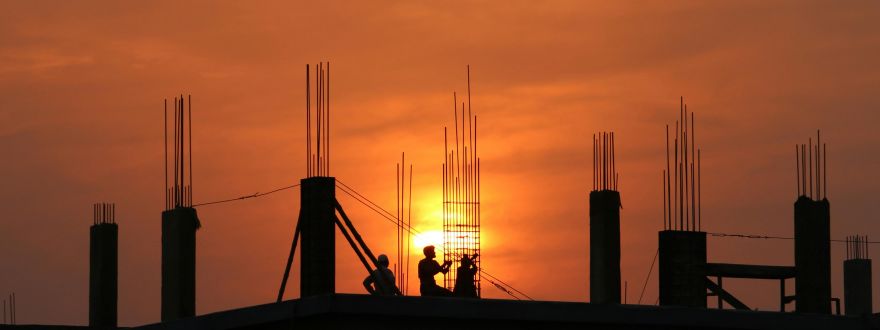
Contractors in Nevada often face significantly higher general liability insurance costs compared to those in other states. If you’re in the construction business, you may have noticed that your premiums seem steeper than expected. But why is that the case? Several key factors contribute to the high cost of general liability insurance for contractors in Nevada.
1. Higher Litigation Risk
Nevada, especially in areas like Las Vegas, has a highly litigious environment. Lawsuits against contractors are common, whether due to personal injury claims, property damage, or contract disputes. The high frequency of claims results in increased payouts by insurance companies, driving up premiums for all contractors.
2. Strict Construction Defect Laws
Nevada has some of the strictest construction defect laws in the country. The state enforces a lengthy statute of repose—up to 10 years—allowing homeowners and businesses to file claims long after a project is completed. This extended liability period increases risk for insurers, who must account for the possibility of late-emerging defect claims.
3. High-Risk Work Environment
Nevada's construction industry is booming, with massive projects including high-rise buildings, casinos, and large commercial developments. These types of projects inherently carry higher risks, leading to more expensive insurance premiums.
4. Regulatory Requirements
Contractors in Nevada are required to meet specific insurance coverage requirements, including higher limits and additional insured endorsements. These regulatory mandates add to the cost of policies, as insurers must provide broader coverage.
5. Limited Carrier Competition
Unlike some other states, Nevada has fewer insurance carriers willing to underwrite policies for contractors. With limited competition in the market, insurance providers can charge higher premiums.
6. Regulatory Environment for Insurance Companies
Nevada’s insurance industry operates under a strict regulatory framework that impacts pricing and availability of coverage:
-
Construction Defect Liability: The state’s laws hold insurers accountable for construction defects for up to 10 years, increasing long-term risks.
-
Rate and Policy Form Approval: Insurance companies must comply with strict rate approval processes from the Nevada Division of Insurance, which can limit flexibility.
-
Limited Market Competition: Fewer insurance carriers operate in Nevada compared to other states, reducing price competition.
-
Higher Minimum Coverage Requirements: Contractors are often required to carry higher minimum liability limits than in other states, further driving up costs.
-
Consumer Protection Laws: Nevada has strong consumer protection regulations that can lead to increased claim payouts, impacting insurance rates.
How Contractors Can Manage Costs
While Nevada’s general liability insurance costs may be higher than in other states, there are strategies contractors can use to manage expenses:
-
Shop Around: Work with an experienced insurance broker to compare rates from multiple carriers.
-
Improve Safety Measures: A strong safety record can help lower premiums over time.
-
Bundle Policies: Combining general liability with workers’ compensation and other policies can sometimes result in discounts.
-
Implement Risk Management Practices: Proper documentation, training, and subcontractor agreements can reduce claims and liability exposure.
Understanding the reasons behind high insurance costs can help Nevada contractors make informed decisions and potentially reduce their premiums. By taking proactive steps, businesses can better protect themselves while keeping expenses manageable.







